Nutritional benefits of dragon fruit
Nutritionist Nguyen Thu Ha, Saigon South International General Hospital, said that dragon fruit is a popular fruit not only because of its delicious taste but also because it is rich in nutrients. The group of antioxidants Betalains, Flavonoids and Hydroxycinnamates along with the abundant fiber, iron and magnesium content, make dragon fruit a suitable choice to improve health and enrich the daily diet.
100 grams of dragon fruit contains 60 grams of calories, 13 grams of carbohydrates, 1.2 grams of protein, 3 grams of fiber, rich in vitamins C, B1, B2, B3 and minerals such as iron, calcium and phosphorus, and contains no fat.
Dragon fruit contains polyphenols, carotenoids, vitamin C, etc., which are antioxidant compounds that help protect cells from free radicals that cause chronic diseases and aging. A diet rich in antioxidants also helps prevent chronic diseases such as heart disease, cancer, diabetes, arthritis, and beautifies the skin and strengthens the immune system.
Adding dragon fruit to your diet helps prevent anemia and increase blood circulation in the body. Vitamin C in dragon fruit helps the body absorb iron better for the blood-forming process. 170 grams of dragon fruit contains 68 mg of magnesium. Some studies show that increasing magnesium consumption can reduce the risk of heart disease and stroke, and promote bone health.
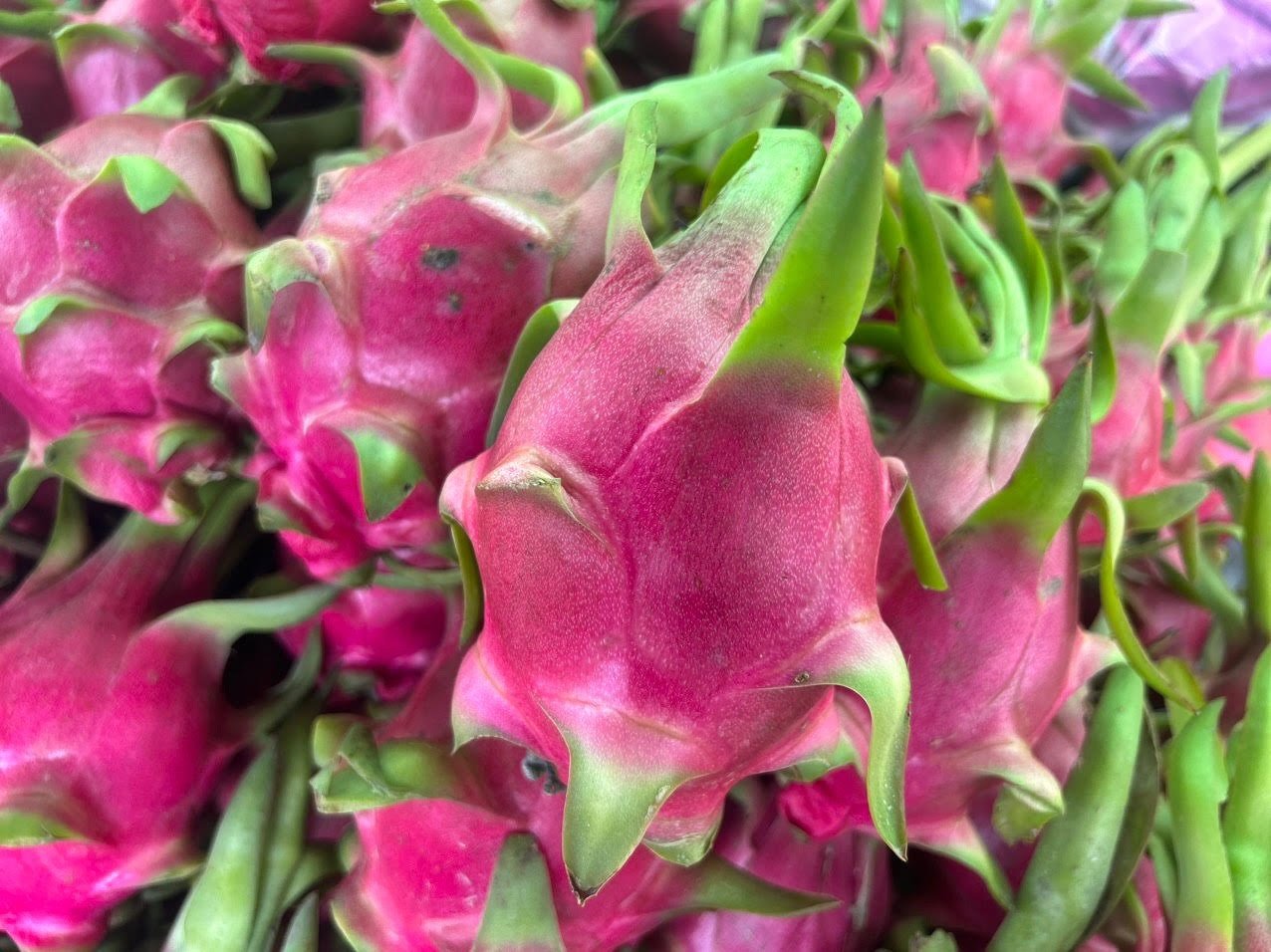
Dragon fruit contains many nutritional values.
The difference between red-fleshed and white-fleshed dragon fruit
Doctor Thu Ha said that all types of dragon fruit have almost the same nutritional composition, there are only a few small differences in nutrient content between red-fleshed dragon fruit and white-fleshed dragon fruit.
The redder the fruit, the more antioxidants it contains. In other words, red-fleshed dragon fruit tends to contain higher amounts of antioxidants such as vitamin C, carotene - a precursor of vitamin A, lycopene, etc. than white-fleshed dragon fruit. This makes red-fleshed dragon fruit a great food for healthy eyes, blood and skin.
"However, the amount of sugar in a white-fleshed dragon fruit is lower than that in a red-fleshed dragon fruit. Therefore, white-fleshed dragon fruit is more suitable for people who want to reduce blood sugar and lose weight. People who like sweet taste can use red-fleshed dragon fruit in their diet," Dr. Ha analyzed.

Red-fleshed dragon fruit contains many antioxidants, while white-fleshed dragon fruit has lower sugar content.
The white-fleshed yellow dragon fruit originates from Malaysia with a sweet taste and fewer seeds than other dragon fruits. The nutrients in the white-fleshed yellow dragon fruit include vitamin C, vitamin B, minerals, fiber and carotene similar to the red-fleshed dragon fruit and the white-fleshed dragon fruit. Because there is not much difference in nutrition between the white-fleshed yellow dragon fruit and the other two dragon fruits, consumers can choose dragon fruit according to their needs, health status and preferences.
Things to note when eating dragon fruit
Specialist Doctor 2 Huynh Tan Vu, Day Treatment Unit, University of Medicine and Pharmacy Hospital, Ho Chi Minh City - Facility 3, said that according to oriental medicine, dragon fruit has a sweet, sour taste, cool properties, and the effect of clearing heat, moistening the lungs, stopping coughs, and eliminating phlegm. Dragon fruit flowers have the effect of strengthening the lungs and relieving coughs.
Although dragon fruit has many nutritional values, there are some things to keep in mind when eating it. People who often have cold stomach, loose stools, and bloating should not eat dragon fruit. Dragon fruit contains a lot of vegetable protein, pregnant women who are prone to allergies should consider before eating.
In addition, for diabetics, the recommended dosage is about 2 servings a day, each serving about 120 grams, and balanced with other fruits in the menu advised by a medical specialist.
Source link



![[Photo] Flooding on the right side of the gate, entrance to Hue Citadel](https://vphoto.vietnam.vn/thumb/1200x675/vietnam/resource/IMAGE/2025/10/28/1761660788143_ndo_br_gen-h-z7165069467254-74c71c36d0cb396744b678cec80552f0-2-jpg.webp)
![[Photo] Prime Minister Pham Minh Chinh chaired a meeting to discuss solutions to overcome the consequences of floods in the central provinces.](https://vphoto.vietnam.vn/thumb/1200x675/vietnam/resource/IMAGE/2025/10/29/1761716305524_dsc-7735-jpg.webp)
![[Photo] National Assembly Chairman Tran Thanh Man received a delegation of the Social Democratic Party of Germany](https://vphoto.vietnam.vn/thumb/1200x675/vietnam/resource/IMAGE/2025/10/28/1761652150406_ndo_br_cover-3345-jpg.webp)


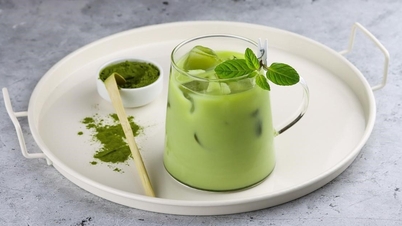

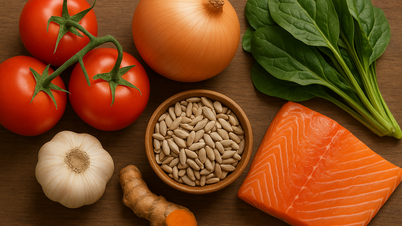

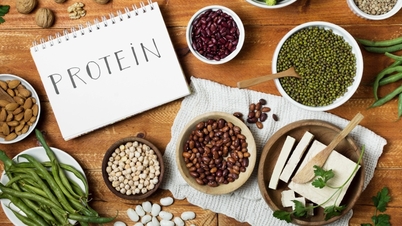














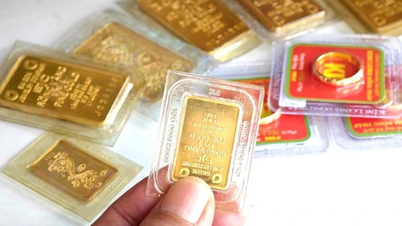





![[Photo] Draft documents of the 14th Party Congress reach people at the Commune Cultural Post Offices](https://vphoto.vietnam.vn/thumb/1200x675/vietnam/resource/IMAGE/2025/10/28/1761642182616_du-thao-tai-tinh-hung-yen-4070-5235-jpg.webp)




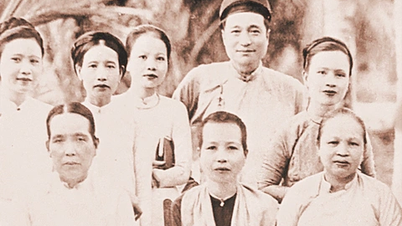



































































Comment (0)